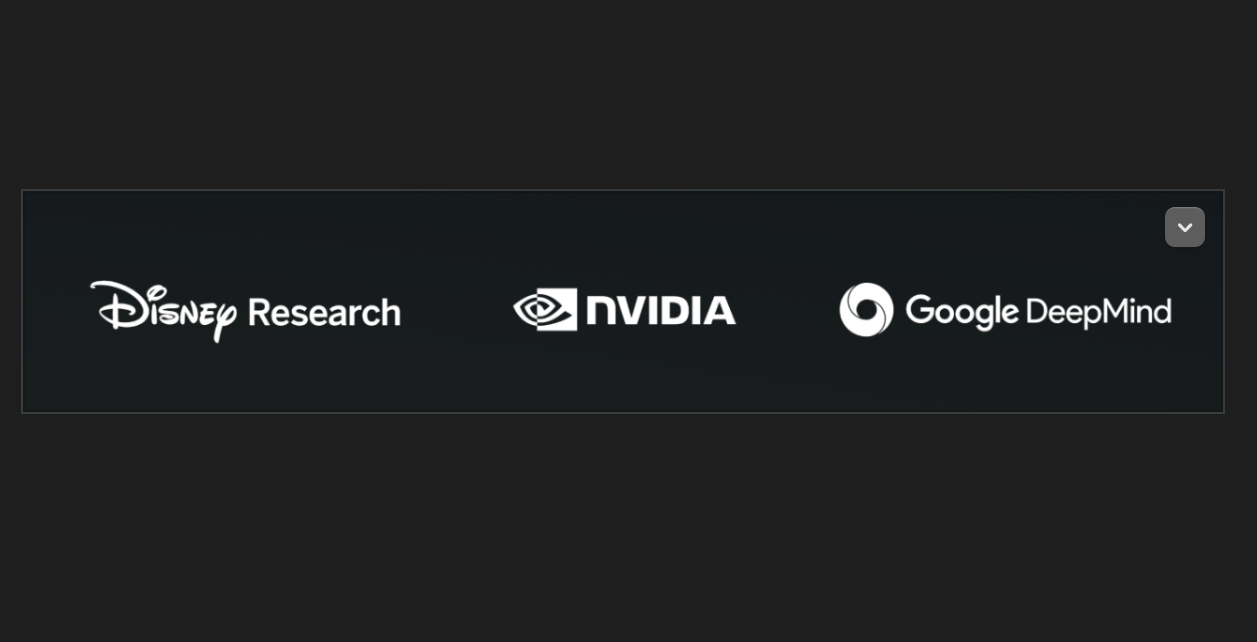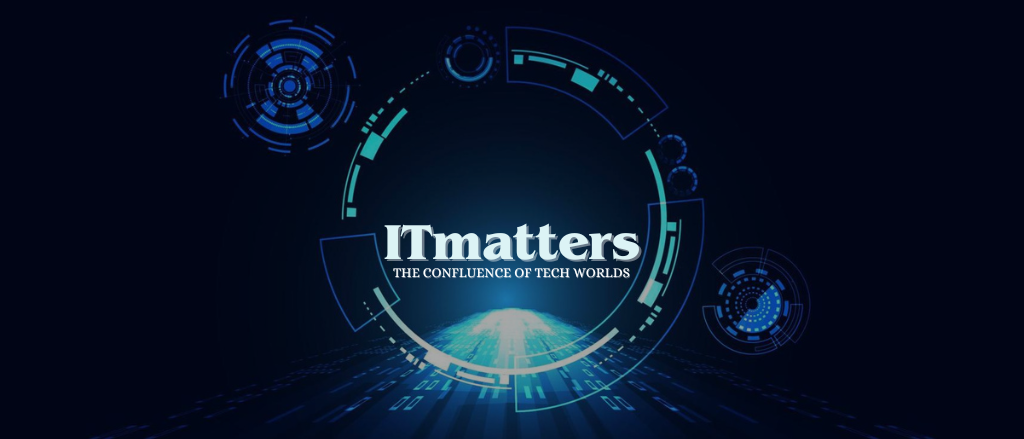
Disney’s Star Wars Robots Set to Enchant Theme Parks with NVIDIA’s Newton Physics Engine
For years, Disney has teased the possibility of introducing bipedal, interactive Star Wars droids to its theme parks. Now, that vision is becoming a reality, thanks to Newton—an advanced physics engine developed by NVIDIA, Google DeepMind, and Disney Research. Starting next year, these robotic characters will be featured in various Disney locations worldwide, creating a more immersive experience for visitors.
Newton: The Engine Behind Star Wars Droids
Newton is an open-source physics engine designed to make robotic simulation more accurate, scalable, and efficient. It allows researchers and engineers to train, test, and refine robotic control algorithms in a virtual environment before deploying them in the real world. This significantly reduces costs and accelerates development.
Disney Research, alongside NVIDIA and Google DeepMind, has contributed to making Newton a powerful tool for robotics. The engine is built on NVIDIA Warp, a GPU-accelerated computing framework that enhances robotic learning and simulation speeds. Newton is also compatible with MuJoCo-Warp, an optimized version of the popular MuJoCo physics engine that provides significant performance improvements for simulating humanoid robots and complex interactions.
Why Newton Matters for Robotics and Entertainment
One of the biggest challenges in robotics is the “sim-to-real” gap. This refers to how simulations often fail to match real-world behavior. Newton helps bridge this gap by incorporating realistic physics principles, including rigid and soft body dynamics, actuator modeling, and friction calculations. These features ensure that robots behave in simulations just as they would in a theme park environment.
Additionally, Newton introduces differentiable physics, allowing developers to fine-tune robotic movements with precision. It enables forward and reverse-mode gradient computations, helping optimize parameters like balance, motion, and interaction with objects.
Open-Source Robotics
Beyond using Newton for its own entertainment robots, Disney is also helping shape the future of open-source robotics. In collaboration with Google DeepMind, NVIDIA, and Intrinsic, Disney Research is working on an OpenUSD asset structure for robotics. This initiative aims to create a standardized way to model robots and their environments, improving compatibility across different simulation platforms.
OpenUSD (Universal Scene Description) plays a crucial role in Newton by structuring robotic data in a flexible and scalable way. This ensures that developers can easily integrate new robotics models and scenarios without compatibility issues.
A New Era of Entertainment Robots
Disney’s Star Wars-inspired droids have made controlled appearances at events like SXSW 2025. Now, thanks to Newton, Disney believes the technology is ready for real-world interactions in its parks. The first rollouts will take place next year, marking a significant milestone in entertainment robotics.
According to Kyle Laughlin, SVP of Walt Disney Imagineering Research and Development, this initiative is about bringing characters to life in ways never seen before. “The BDX droids are just the beginning,” he said. “We’re committed to creating robotic characters that are more expressive and engaging than ever—and connect with our guests in ways only Disney can.”
With Newton’s advanced physics capabilities and Disney’s commitment to innovation, theme park visitors will soon have the chance to interact with lifelike Star Wars droids in a way that feels truly magical.
